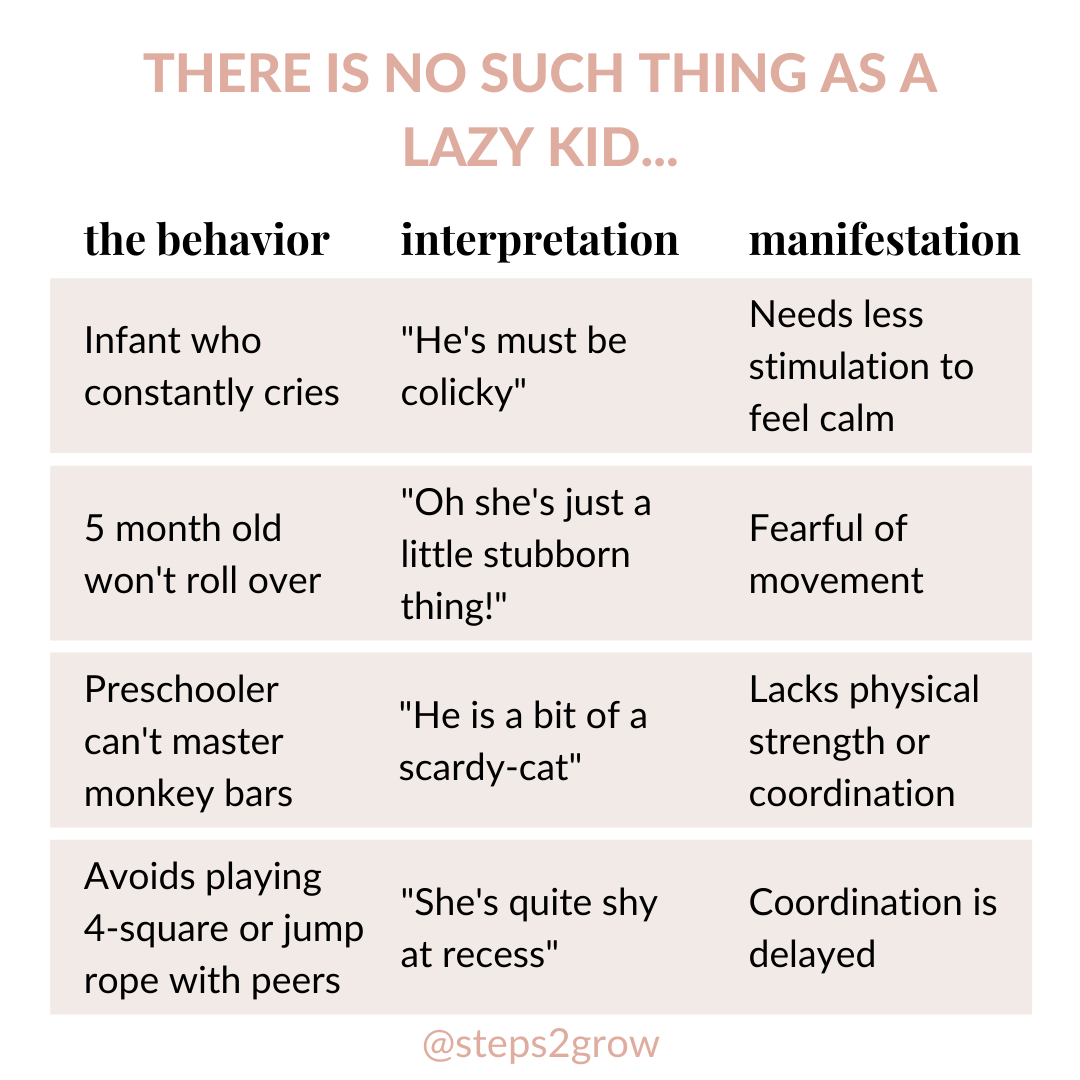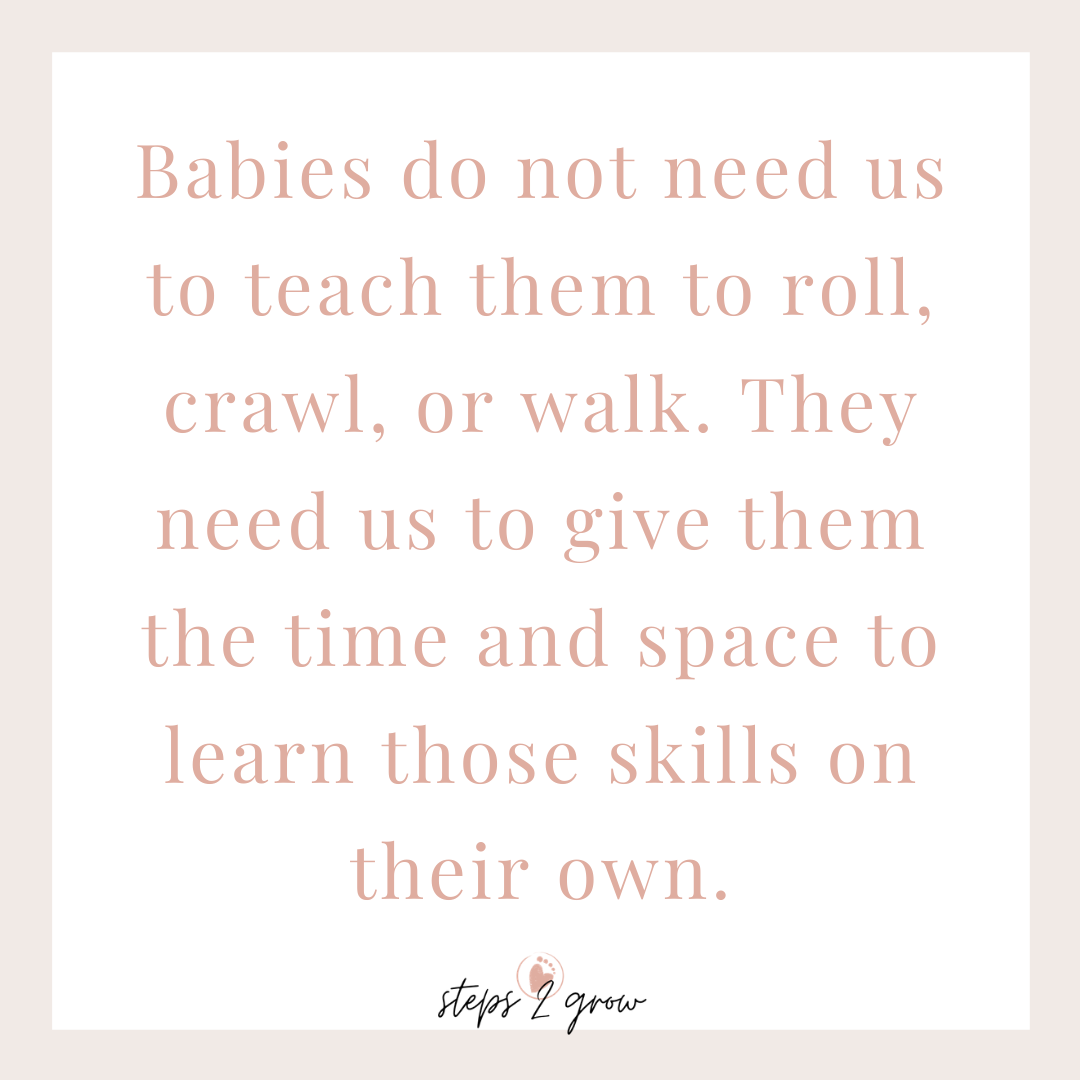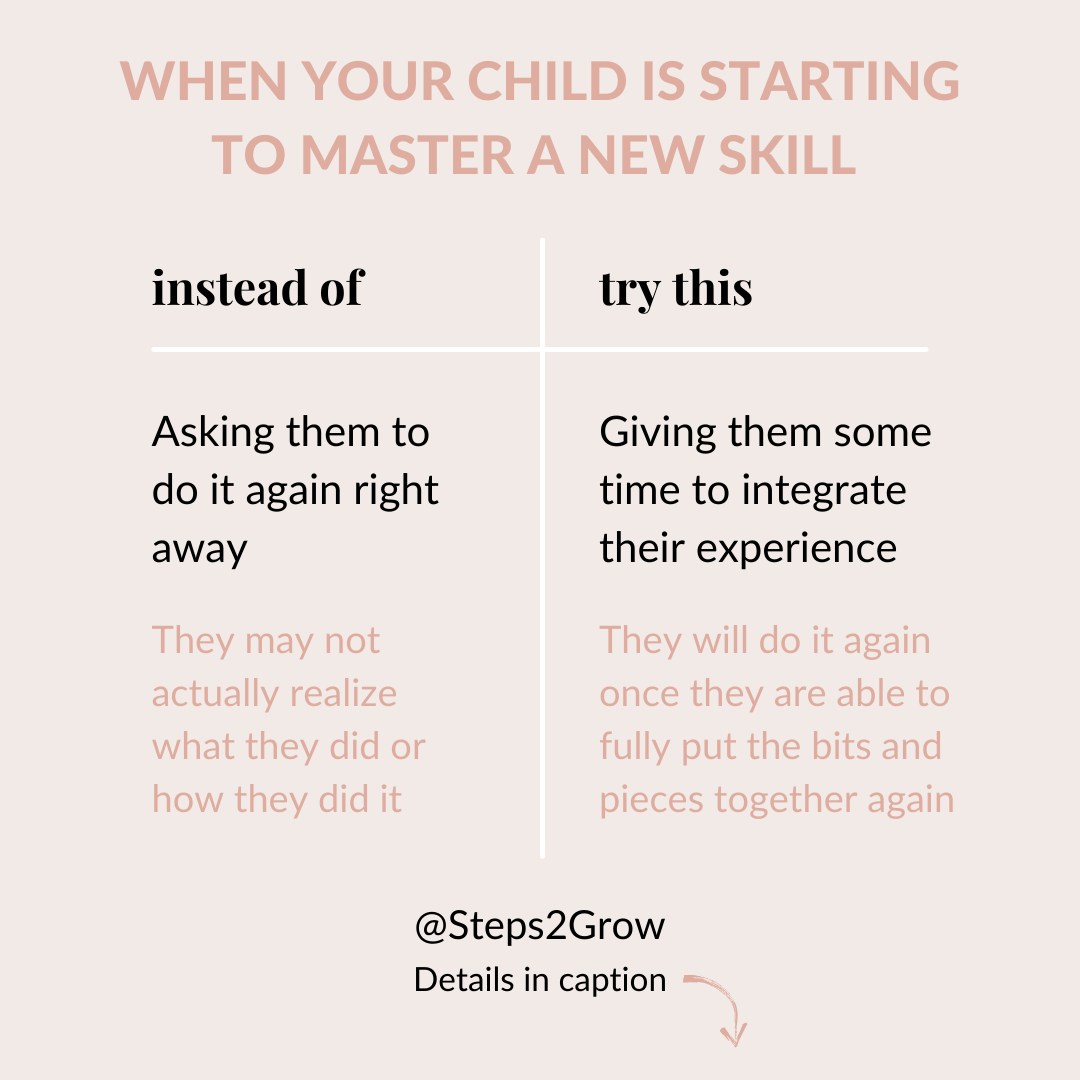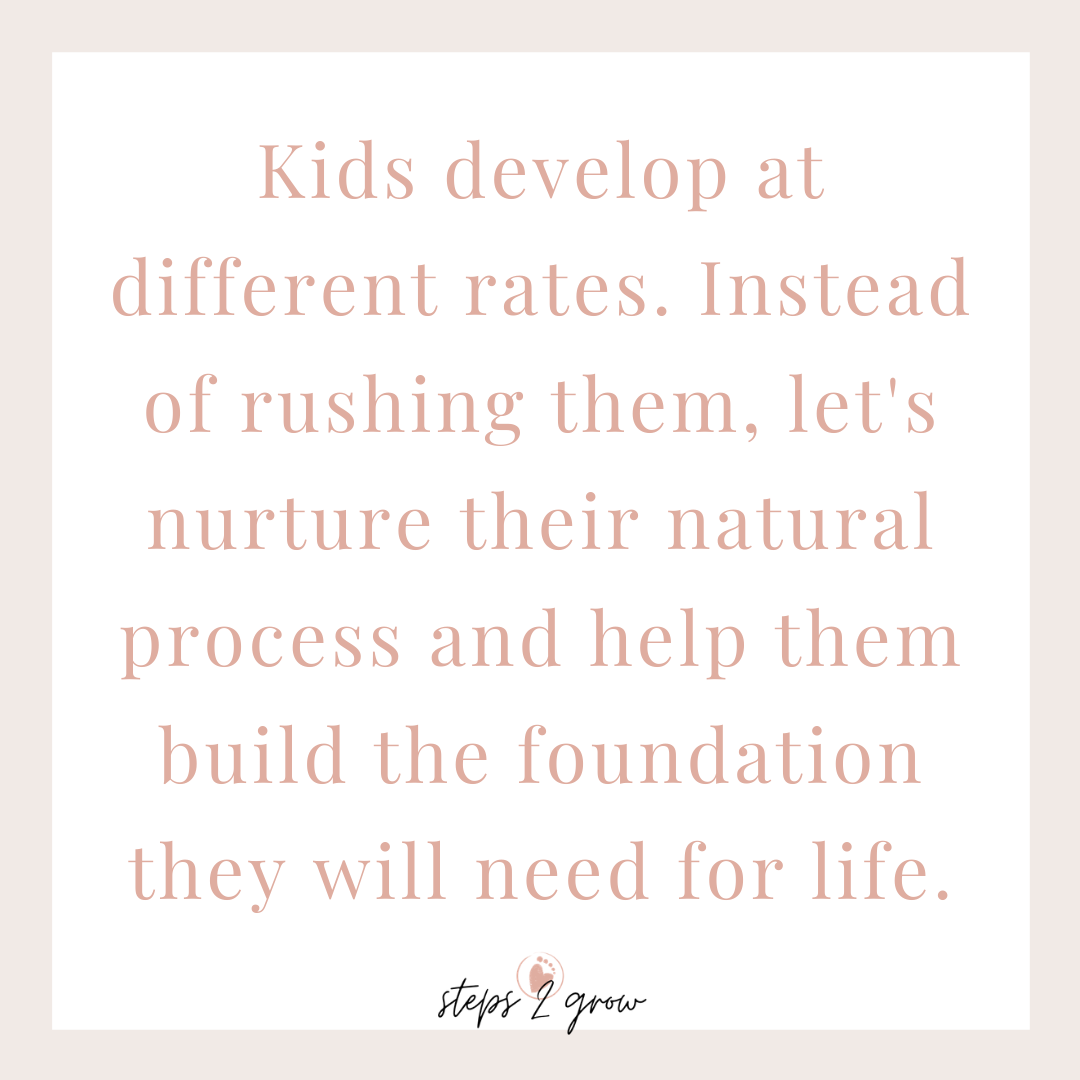First, let's talk about 3 major reasons WHY messy play is so important.1. Getting messy encourages adaptive responses to tactile input. The tactile system plays a huge role in successful development and overall wellbeing. A healthy tactile system allows a child to tolerate touching, tasting, and exploring new textures in the hands, on the body, on the lips, and in the mouth. It allows a child to tolerate wearing different materials and ignore the tag in the back of their shirt. Messy play is a great way to desensitize the tactile system early and promote appropriate and adaptive responses to tactile input. The more textures a child is allowed to explore with their hands (and feet, too!), the more tolerance they will develop, and the more likely they will allow these textures to touch them. A child who lacks basic experiences with textures early on can develop a heightened sense of touch, often resulting in crying or screaming if they get their hands or face messy, or complete avoidance of certain activities. 2. Sensory comfort comes before skill development. Sensory comfort refers to the ability to feel safe and secure emotionally and physically when surrounded by sensory input. A child needs to feel okay in the presence of various sensory stimuli (i.e. visual, touch, smell, taste) before they can try new things and master new skills. Messy play helps a child build that sensory tolerance and sensory comfort, allowing their nervous system to efficiently process information and learn new skills. 3. Getty messy during mealtimes helps a child develop normal feeding patterns Getting messy with food and learning to self-feed supports the progression of sensory comfort, oral motor skills, and independence in feeding. Messy meal times provide great opportunities to explore all sorts of different sensations orally, maximizing a baby’s natural drive to explore and learn through their senses. Getting messy enables a child to learn how to manipulate, bite, chew, and then swallow foods, which reduces the risk of poor tolerance of textures, gagging, and choking. Not allowing babies and toddlers to make messes, or delaying self-feeding in hopes of reducing mess, can in some cases interfere with normal feeding patterns and contribute to selective and picky eating patterns later on. Although messy play is super important, it does not have to end in edible finger paint all over your face or the floor.Here are some less-mess sensory play hacks that are easy on mom, and super beneficial for kiddo... 1. Grab a large storage bin, and fill it with some oatmeal. Cornmeal or Rice Krispies also make good fillers. Help your kiddo get inside, and there’s your indoor, edible, contained, and mostly-messless sandbox! Add some toys in there, and some cups and bowls for scooping and dumping. 2. Play with cooked spaghetti in a plastic bin while sitting on a surface that can be cleaned easily. Hide toys in there for your little one to find. If you have the time, using food coloring to dye the spaghetti into different colors offers another great sensory dimension. 3. Fill a bowl with fresh fruit or balls of melon for a tasty tactile play activity. 4. Make sensory bags and tape them to the floor or wall for your little one to explore with their hands. You could fill the bags with ice, frozen veggies/fruit, fresh fruit, paint, pom poms, cooked pasta, bubble wrap, you name it! Secure the top with duct tape, and tape all 4 sides to the floor/wall with painter’s tape. 5. Play with ice. Put some ice in a bowl and let your kiddo explore that cool temperature and slippery sensation. 6. Walk barefoot as much as possible, indoors and outdoors in sand, grass, and wet grass. Anytime your child can safely walk barefoot, definitely let them! 7. Make time for extended unstructured time outside in nature. This could be as simple as just laying in the grass and feeling it tickle the skin. 8. Use bath time! Bring out some edible finger paints, and get messy in the place where you are going to be cleaning your kiddo anyway. Here is one of the BEST less-mess hacks:Put a fitted sheet on the floor, place small chairs or stools on the inside of each corner, and pull the corners up and over the furniture to create a messy play area that you can just pick right up, shake out, and throw in the wash (or re-use tomorrow!). Sensory related diagnoses are on the rise more than ever. It is important to teach our kids, and train ourselves, that being messy is okay and a critical part of play and development. You may also like:
|
AuthorHi! Austen here. Pediatric OT obsessed with leggings and all things child development. Welcome to my journal! I hope to educate and empower parents and caregivers with science inspired insights, effective strategies, and confidence. Categories
All
|


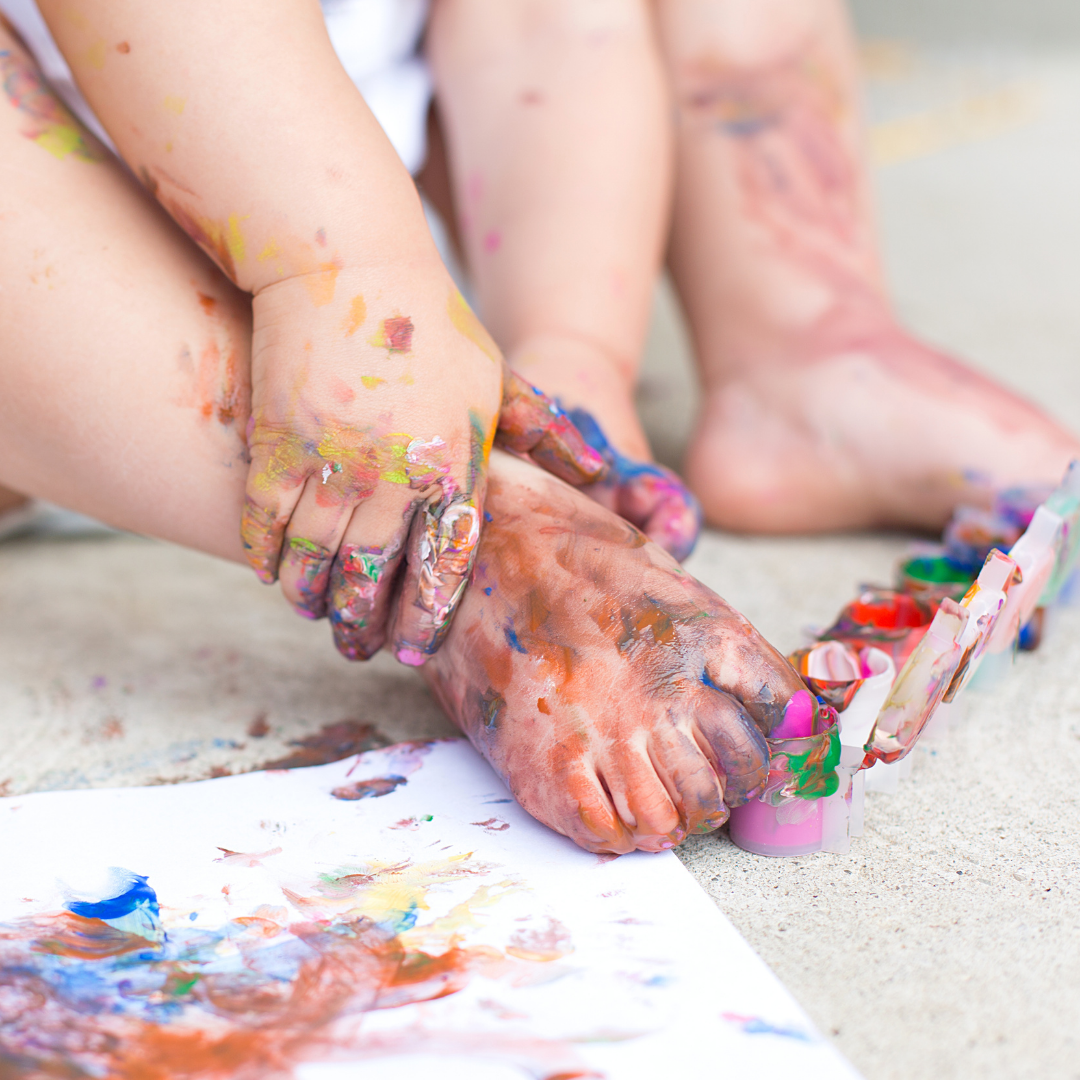
 RSS Feed
RSS Feed


